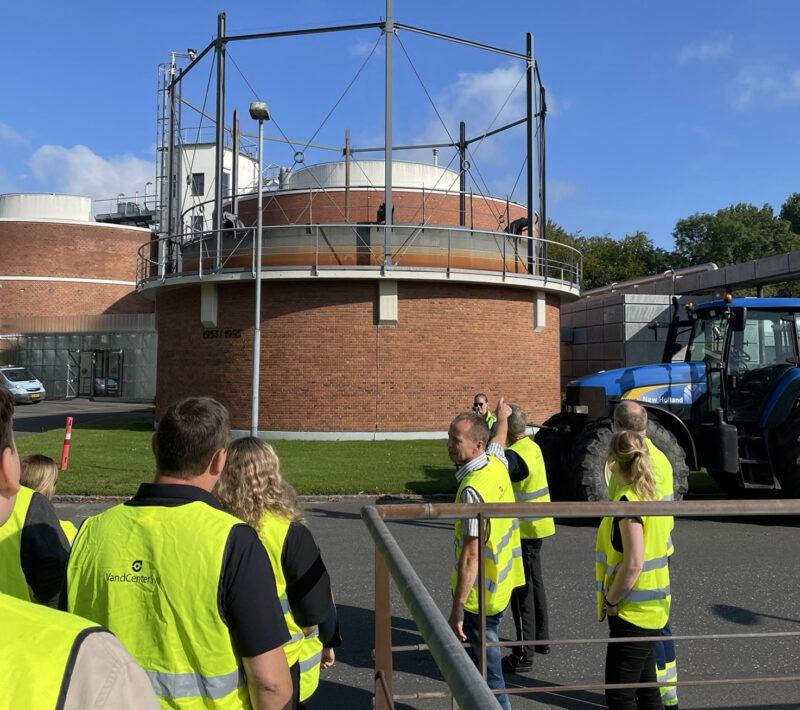In 3VAND – utilities from Copenhagen, Aarhus, and Odense – we both produce energy from wastewater and at the same time we treat it adequately. So how do we save and produce energy?
Using bottom aeration in the wastewater process tanks, provides energy savings of up to 50% compared to surface aeration. New methods such as Membrane Aerated Biofilm Reactor (MABR) optimizes the use of oxygen and thereby energy consumption. Sludge liquor treatment with an anammox-process allows for a more efficient wastewater treatment than traditional methods. Sensors and advanced control systems help to optimize efficiency throughout the entire process.
Sludge from the treatment is pumped into digestion towers, where it is digested and partly converted to gas. The gas is then burned in gas engines, producing electricity and heat, with the surplus energy being delivered to the electricity and heating network, to the citizens of Copenhagen, Aarhus, and Odense as a green energy source. In Copenhagen, the biogas is also upgraded and sent to the city gas grid, providing energy for cooking, and displacing natural gas in the natural gas grid. Furthermore, surplus heat from sludge incineration is sent to the district heating grid.
How is this financially viable? Transforming a wastewater treatment plant into an energy producer, does not necessarily require large investments in new infrastructure. Some of the installed technologies have a payback time of less than 5 years. Many Danish utilities now produce their own energy, and the water sector’s share of the country’s total electricity consumption has fallen remarkably.











